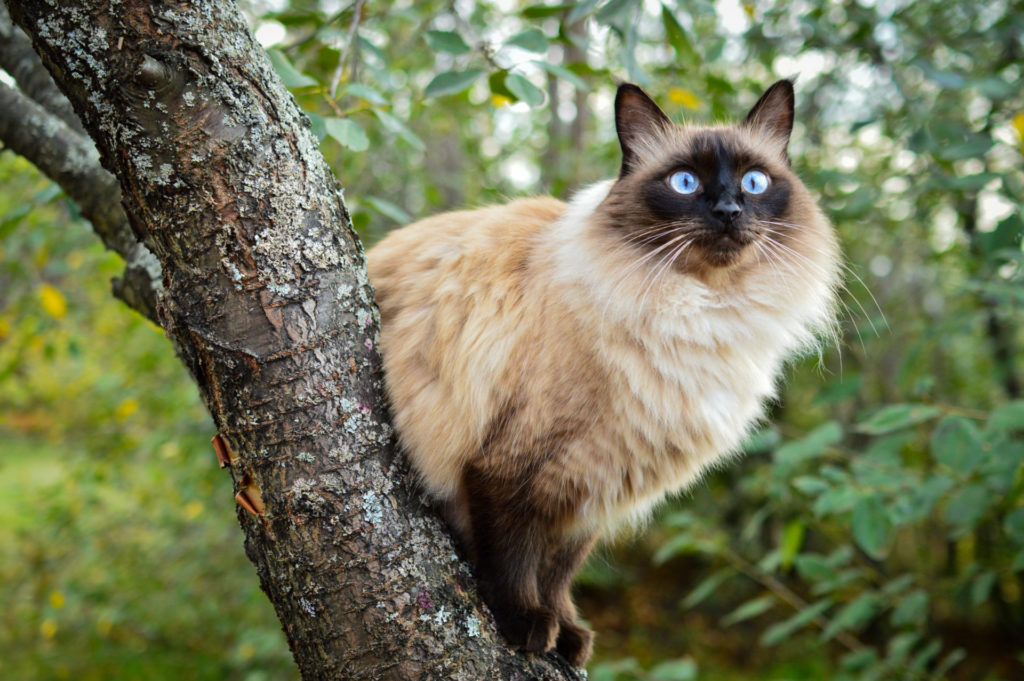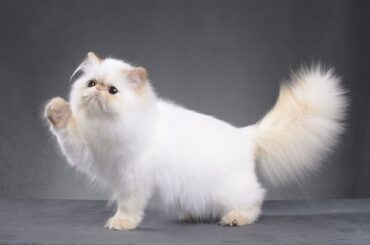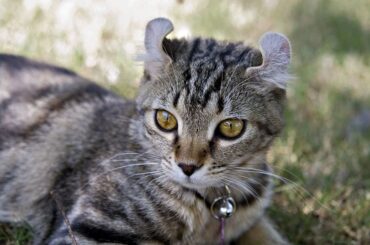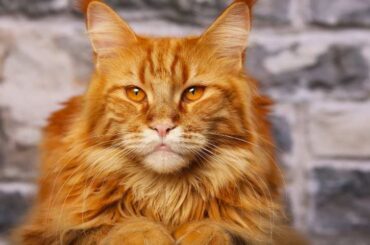The Balinese cat is actually from Thailand, not Bali or any part of Indonesia. It descended from the Siamese cats brought to the U.S. and UK in the mid-1800s, some of whom carried a recessive gene for long hair. The Balinese breed was created by deliberately breeding these naturally occurring traits together.
The mid-20th century saw the US experiencing a boom in cat breeding. Breeders started an effort to create a new breed of Siamese cats, which were then known as “Long-haired Siamese”. However, they found that name to be cumbersome and shortened it to “Balinese” as a reference to the gracefulness of Balinese dancers.
In the 1960s and 1970s, a breeder named Sylvia Holland recognized only cats with classic Siamese markings in the seal, chocolate, blue, and lilac as true Balinese. She refused to accept other cats that had likely been bred from other breeds.
The cat is a long-haired breed of domestic cat that has the point coloring and sapphire-blue eyes of a Siamese, but with a medium-length silky coat. It originated as a natural mutation from the Siamese, so it’s essentially the same cat but with longer fur.
In 1970, The Javanese is a breed of cat that was developed from the Colorpoint Shorthair. The Javanese have their origins in Java, an island off the west coast of Indonesia, just as the Balinese do. A breeder named Evelyn Mott-Smith bred a Siamese to a red tabby and named him Balinese after the island.
The Balinese, like the Siamese before it, was developed from early Siamese. The original breeds are similar to the traditional Siamese because they used the old-style Siamese in their development.
By the mid-1980s, there were two types of Balinese cats in existence: the traditional type that was developed by Western breeders and the show Siamese type. The original Balinese had a completely different look from the modern versions.
Table of Contents
Body Structure
The modern Siamese has a more wedge-shaped head with a long tapering muzzle and longer. The modern Siamese is longer, leaner, and lither than the original breed. The ears are larger, more rounded at the tips, and set farther apart on the head. The muzzle is less prominent and shorter than in the original breed. The coat is medium-length with a fine texture.

The Balinese are still similar to the Siamese. Both are slender, graceful cats with long legs and tails, oval paws, almond-shaped eyes, and large pointed ears. While the traditional type is sturdier overall with a broader head and more substantial body than the svelte Siamese, both types are relatively light for their size.
The body of a Balinese Siamese is even with subtle shading. In mature cats, darker coloring occasionally develops. The contrast between body color and points is distinct. Mask, ears, legs, feet, and tail are well-defined with darker coloration. The mask covers the face including the whisker pads and extends to connect to the ears.
Behavior
Balinese people are very sensitive to your moods, and they will respond accordingly. If you’re sad, they will try to cheer you up; if you’re happy, they will join in with you. Since the Balinese are vocal themselves, they will respond to your tone of voice. A scolding tone may hurt their feelings because it hurt their feeling.

They are known for their high intelligence and acrobatic nature. They also enjoy close contact with their owners. So a coaching tone and positive reinforcement are the only effective way of correcting unwanted behavior.
Caring
The Balinese cat’s coat is silky and fine, requiring little grooming. A stainless steel comb will remove dead hair once or twice a week. A bath is rarely necessary unless the cat rolls in something smelly like fish or skunk. Keep the Balinese as an indoor-only cat to protect him from diseases spread by other pets.

Health
They are considered a healthy breed with only a few health problems but they are prone to some diseases like Asthma/bronchial disease, congenital heart defects, Crossed eyes, gastrointestinal conditions, etc. With an average life span of 11-13 years of age.




